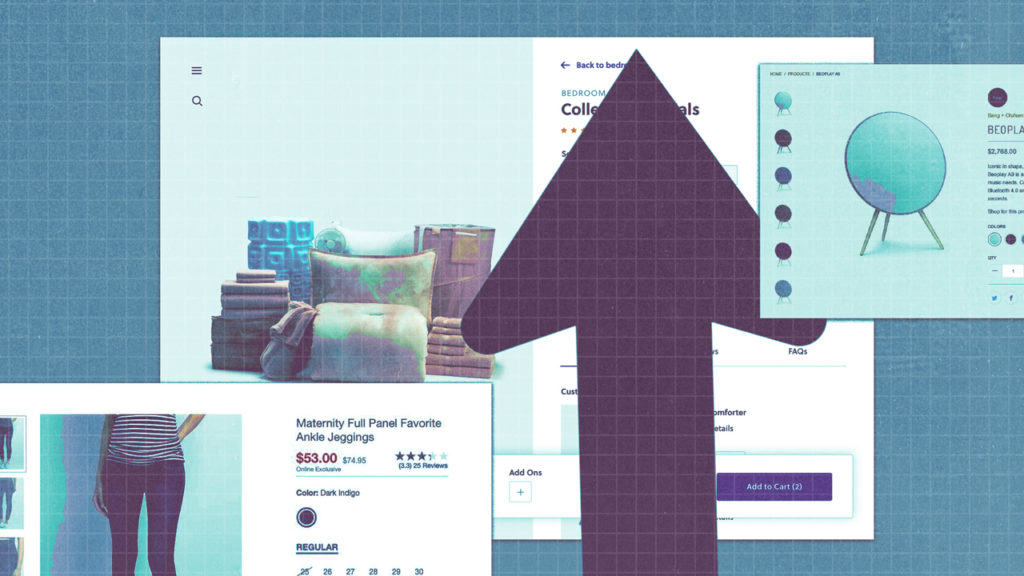Ecommerce will grow by 22 percent this year as shoppers increasingly favor online over in-person. While the pandemic has prompted many consumers to tighten their budgets, a new study from Kantar and Catalyst shows that online shoppers prioritize convenience over price when deciding where to shop. In fact, 66 percent of consumers choose a retailer based on convenience, while 47 percent choose a retailer based on price and value.
With perspectives from 500 online shoppers, 200 marketers, 24 leading manufacturers plus major retailers, Kantar’s “The State of Ecommerce 2021” offers insight into navigating the new world of omnichannel commerce and retail media.
The ecommerce consumer journey to purchase is more complex than ever as shoppers use a mix of retailer sites, traditional search engines and social media platforms. According to Kantar’s findings, 37 percent of online shoppers rely on retailer sites and apps more than any other touchpoint during the shopping process.
Among those who used a variety of touchpoints before buying, 50 percent searched for inspiration on Instagram and 50 percent discovered new products or brands on Google. Sixty-three percent of shoppers did their initial product research on Amazon and 63 percent compared products or prices on Walmart.com.
Brick-and-mortar still has a role to play in the era of digital transformation, as 31 percent said an offline touchpoint helped them make their buying decision, reflecting the importance of omnichannel approaches.
Among those who went to a retailer’s website or app, 48 percent said they did so as the first pre-shop touchpoint, while for those that did an internet search, 46 percent did so first.
The main reason shoppers choose a retailer for a product purchase is convenience (66 percent), followed by shoppability (57 percent), value assortment (52 percent), price/value (47 percent) and lastly, service (36 percent).
Product detail pages (PDPs) are key to driving conversion as 45 percent of online shoppers indicated that they visited a PDP at the time of purchase. Respondents also ranked PDPs as having the biggest influence on their purchase. In addition, 49 percent of online purchasers reported scrolling past the first page to look for what they want. This rate is higher for millennials (56 percent) and Gen X (54 percent) online shoppers.
Despite the significance of PDPs, just 37 percent of ecommerce professionals focus on optimizing their PDPs for search engine optimization (SEO) across the online platforms they use for digital marketing.
Consumers plan on using online delivery services more in 2021. For example, among those who used Instacart, 63 percent plan to use the service more in the future. The same goes for users of Deliv, Prime, Postmates, Shipt and DoorDash.
When asked about the utility of digital ads, 54 percent of those exposed to an ad or promo while shopping online said they were helpful reminders of something they needed. As a group, 20 percent of total online shoppers said advertising is helpful to them while shopping.
Social commerce will be critical for brands looking to reach younger audiences as 59 percent of online shoppers are aware of social commerce and 61 percent are likely to buy from social media in the future. Brands are responding accordingly—19 percent of marketers reported large increases in their social media ad budgets, followed by email marketing (15 percent), YouTube ads (13 percent) and paid search (12 percent).
“Now is the time to think about how to drive lifetime value, not likes, with social sites,” said Kieley Taylor, global vice president of social media for GroupM Services.
To enhance their cross-channel retail media approach, 72 percent of brands are actively utilizing Facebook for digital marketing activities, followed by Google (67 percent), Instagram (61 percent), Twitter (50 percent) and Amazon (49 percent).
The results show that many ecommerce marketers are leveraging a combination of in-house teams and agencies to manage channels such as Amazon, Target and Kroger. Agencies expect to shoulder more of brands’ retail media efforts with 56 percent saying they anticipate more requests for proposals (RFPs) in ecommerce and retail media this year.
“Agencies are acting as an arbitration layer between media owners, and brand investment budgets, comparing opportunities across platforms and channels to guide overall investment performance regardless of where the media is purchased or ultimately delivered,” said Todd Szahun, senior vice president of ecommerce and new retail at Kantar.
According to Kantar, 40 percent of industry professionals believe that improving the user experience will present the biggest opportunity in ecommerce marketing in the next five years. As a sign of companies’ growing commitment to ecommerce, 45 percent of marketers say they now have a clear and differentiated product portfolio strategy for ecommerce than they did two years ago.
Kantar’s findings are based on surveys fielded in April and interviews conducted between March and May.

